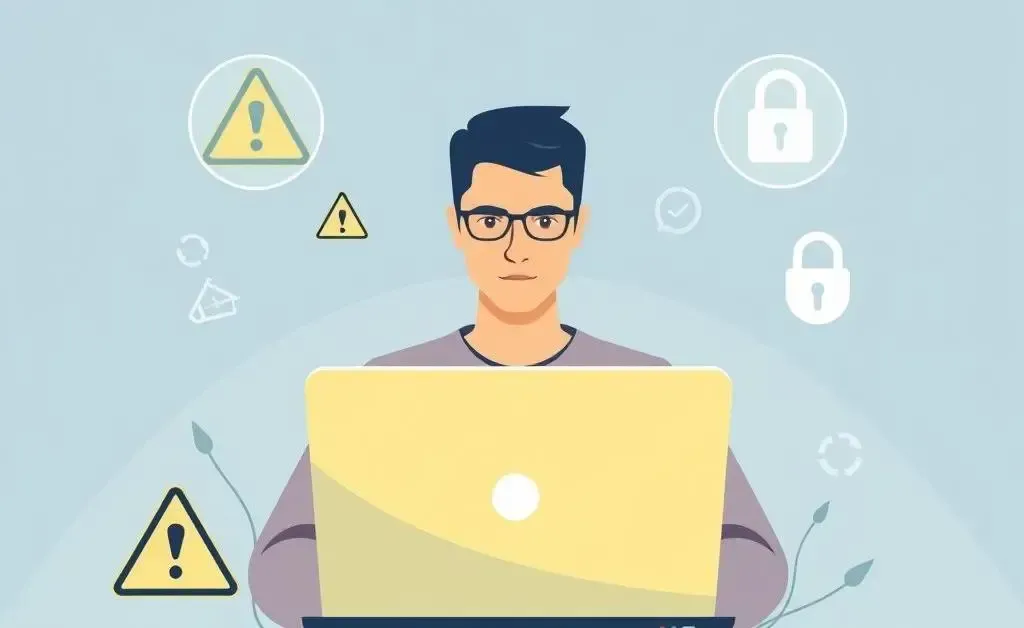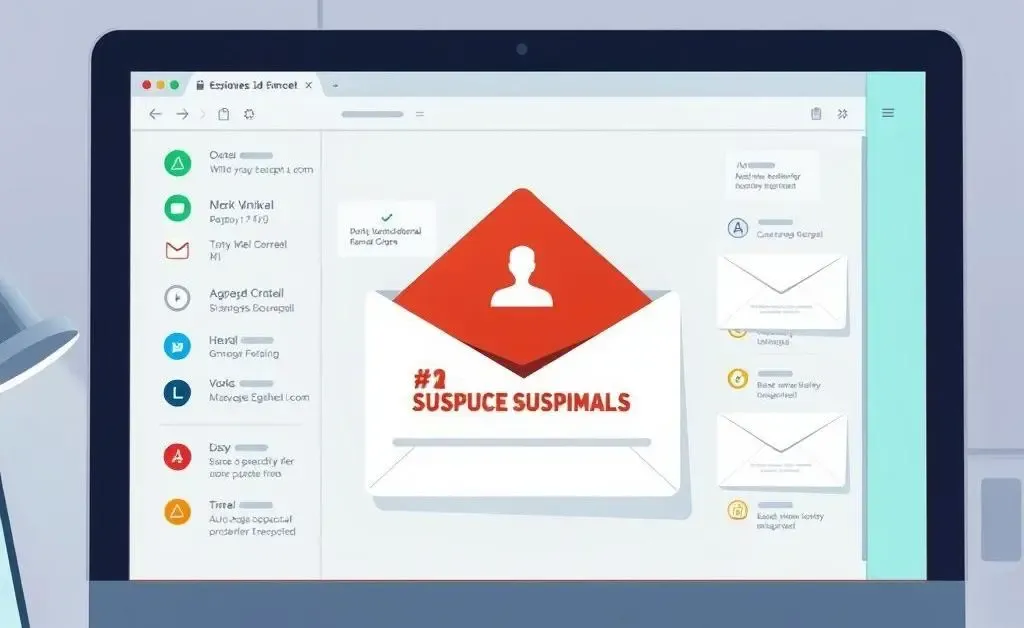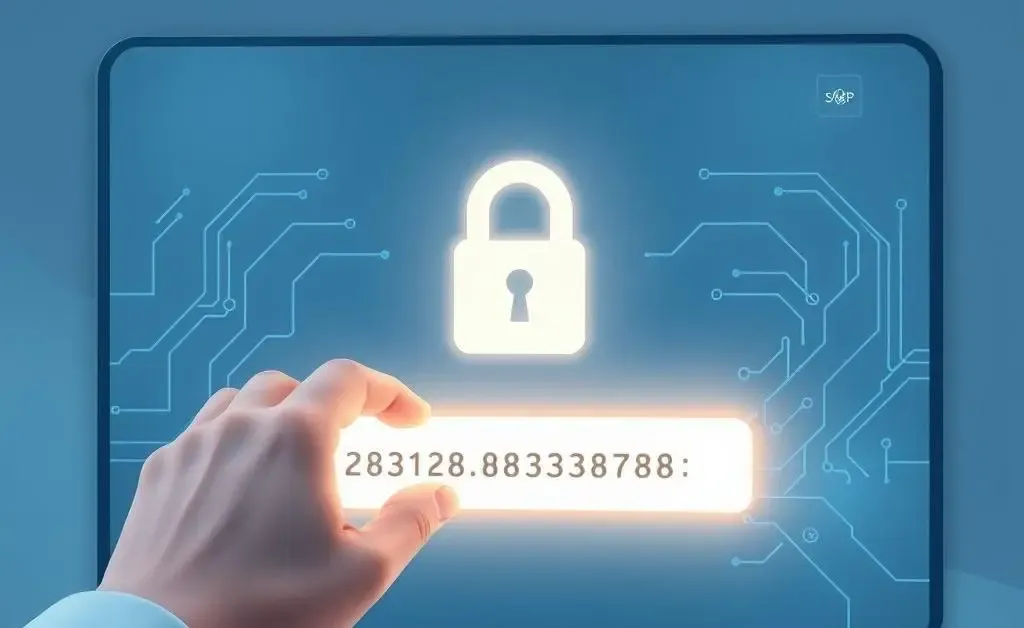How to Protect Yourself from Banking Scams: Tips for Your Safety
Discover practical tips to safeguard yourself from banking scams and phishing attempts.

We live in an increasingly digital world, and while the conveniences of online banking are undeniable, so are the risks. Today, I'm diving into something that affects all of us who interact with our banks online: the rise of banking scams. It's a topic that seems to stay evergreen, and for good reason.
Identifying Common Bank Scams
Banking scams are as varied as they are clever, but most revolve around phishing or spoofing. These scams often involve emails or web pages made to look like they're from your bank, tricking you into giving away personal information. But don't worry, there are ways to spot them if you know what to look for.

One trick to catch phishing emails is to scrutinize the sender's email address closely. Scam emails usually come from addresses that look legitimate, but upon closer examination have subtle typos or unusual domains. Also, any email urging you to act immediately to avoid drastic consequences should raise a red flag.
How to Safeguard Your Information
Prevention is the best defense. Always verify the source if you're asked for sensitive information. Call your bank using the number provided on their official website or the back of your actual bank card. Double-checking can save you a hassle later on.

Moreover, don't forget to strengthen your online banking passwords. A strong password is a simple yet effective barrier against unwanted access. Use a mix of letters, numbers, and symbols, and steer clear of using easily guessable information like birthdays or common words.
Embrace Two-Factor Authentication
Adding another layer of security through two-factor authentication (2FA) can make a world of difference. This method, often involving a second device or an app generating time-sensitive codes, significantly boosts your security. It might seem like an extra step, but it gives you that comforting sense of security.

Conclusion: Stay Informed, Stay Safe
The world of scams is constantly evolving, but with a little know-how, you can keep your financial information safe and sound. Regularly review your bank statements for any suspicious activity and keep yourself informed on the latest scam tactics. After all, knowledge is your best defense.
So, have you ever encountered a phishing attempt? How did you handle it? Let's keep this conversation going in the comments!




